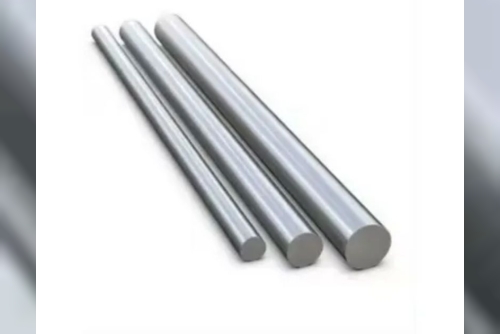Seals in additive manufacturing and 3D printing play a crucial role in ensuring the proper functioning of equipment and maintaining the integrity of the printing process. Additive manufacturing processes, such as fused deposition modeling (FDM), stereolithography (SLA), and selective laser sintering (SLS), involve precise control over temperature, pressure, and material flow. Seals are used in various components of 3D printers to prevent leaks, control the environment, and contribute to the accuracy and repeatability of the printing process. Here are some key areas where seals are utilized in additive manufacturing and 3D printing:
Extruder Seals:
Seals are used in the extruder assembly to prevent the escape of molten filament material. Proper sealing is essential for maintaining consistent pressure and controlling the flow of material during the deposition process.Hotend Seals:
Hotends in 3D printers often involve high temperatures. Seals are employed to prevent leaks and maintain the controlled environment required for effective material extrusion.Build Plate Seals:
Seals are used in the build plate or bed to create a proper seal between the platform and the printed material. This helps in maintaining an even and controlled layer adhesion during the printing process.Resin Tank Seals (for SLA):
In stereolithography (SLA) and other resin-based printing processes, seals are used in the resin tank to prevent leaks and contamination. These seals contribute to the precision of layer formation in SLA printing.Powder Bed Seals (for SLS):
Seals are employed in selective laser sintering (SLS) machines to create a sealed environment within the powder bed. This prevents the escape of powder material during the laser sintering process.Linear Motion System Seals:
Seals are used in the linear motion systems, including rails and bearings, to protect against contamination and ensure smooth and precise movement of the printing components.Cooling System Seals:
Additive manufacturing systems often include cooling systems to manage temperatures. Seals in these systems prevent leaks and contribute to the overall thermal management of the equipment.Enclosure Seals:
Enclosures in 3D printers help control temperature, reduce the impact of external factors, and prevent dust or contaminants from affecting the printing process. Seals in the enclosure contribute to maintaining a stable and controlled environment.Nozzle Seals:
Seals are used in the nozzles of 3D printers to prevent material leaks and ensure precise material deposition. Proper nozzle seals contribute to the accuracy of layering during the printing process.Printer Door Seals:
Some 3D printers have doors or covers to create a controlled environment. Seals on these doors help maintain temperature and prevent external factors from affecting the printing process.Pressure System Seals:
In systems where pressure is involved, such as in material extrusion, seals are used in pressure components to prevent leaks and maintain control over material flow.Material Cartridge Seals:
Seals in material cartridges or spools help prevent the escape of filament material when not in use. This ensures the integrity of the material and reduces the risk of contamination.Gasket Seals in Enclosures:
Enclosures used for controlling temperature and protecting against external influences may use gasket seals to create an airtight and dustproof environment.Compliance with Safety Standards:
Seals used in 3D printing equipment must comply with safety standards and regulations, particularly in industrial and commercial applications. This includes considerations for fire safety and emissions control.In summary, seals in additive manufacturing and 3D printing are essential for maintaining controlled environments, preventing leaks, and ensuring the accuracy and reliability of the printing process. The selection of appropriate seals depends on the specific requirements of each printing technology and the components involved in the additive manufacturing system.
See more








 Types of Hair Transplant Procedures - FUE and Boosted Fue Explained
Types of Hair Transplant Procedures - FUE and Boosted Fue Explained







